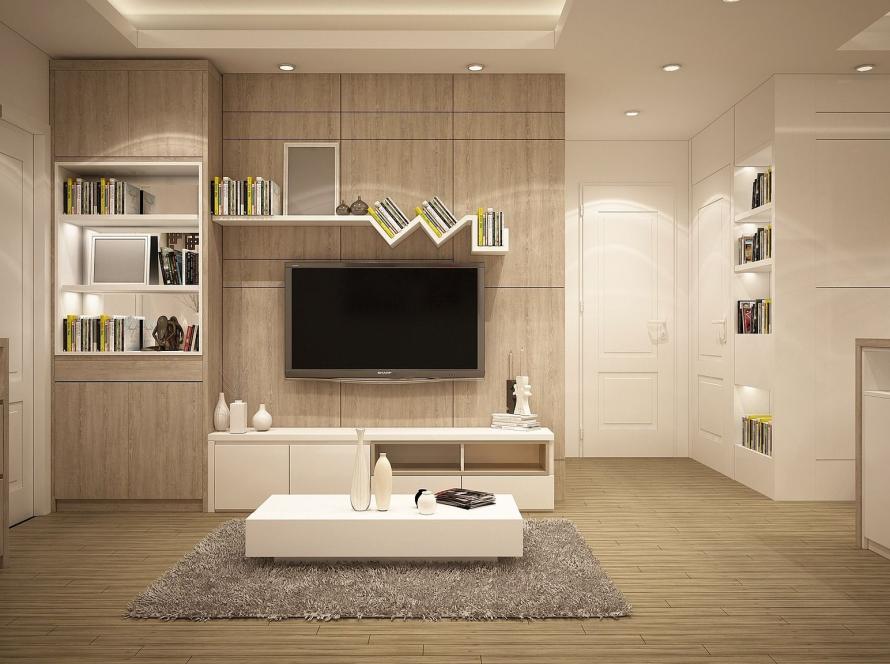Decorating your home can be a fun and creative process, but it’s also easy to make common mistakes that can leave your space feeling disjointed or less functional. Whether you’re designing a single room or revamping your entire home, avoiding these pitfalls can help you achieve a cohesive, stylish, and comfortable environment. Here are five home decorating mistakes to avoid—and tips on how to get it right.
1. Choosing Style Over Functionality
While aesthetics are important, prioritizing style over functionality can lead to frustration. A beautifully designed space won’t feel inviting if it isn’t practical for daily use. For example, a sleek sofa might look stunning in a showroom but could be uncomfortable for lounging.
How to Avoid:
- Consider your lifestyle and how you’ll use the space before making design choices.
- Opt for furniture and décor that balance form and function. For instance, choose a stylish coffee table with built-in storage for a clutter-free living room.
- Test furniture in person whenever possible to ensure it meets your needs for comfort and durability.
2. Ignoring Proper Lighting
Lighting is one of the most overlooked aspects of home decorating, but it plays a crucial role in creating the right ambiance. Relying solely on overhead lighting can make a room feel harsh and uninviting, while insufficient lighting can make it feel dim and unwelcoming.
How to Avoid:
- Layer your lighting with a combination of overhead fixtures, floor lamps, table lamps, and accent lighting.
- Use dimmers to control brightness and set the mood for different activities.
- Pay attention to the type of lightbulbs you use—warm tones work well for cozy spaces like the living room or bedroom, while bright, cool lighting is better suited for task areas like the kitchen or home office.
3. Overcrowding the Space
It’s easy to get carried away when decorating, but cramming too much furniture or décor into a room can make it feel cluttered and overwhelming. Less is often more when it comes to creating a balanced and visually appealing space.
How to Avoid:
- Start with the essentials and gradually add decorative elements to avoid overcrowding.
- Leave enough negative space to allow the room to breathe—this helps highlight key pieces and creates a more open, airy feel.
- Stick to a cohesive color palette and limit the number of statement pieces to avoid visual chaos.
4. Hanging Art at the Wrong Height
Artwork can transform a room, but hanging it at the wrong height is a common mistake. Hanging art too high or too low can make a space feel disproportionate or unbalanced.
How to Avoid:
- Follow the “eye-level” rule: The center of your artwork should be approximately 57–60 inches from the floor, which is the average eye level.
- When hanging art above furniture, leave about 6–8 inches of space between the bottom of the frame and the top of the furniture.
- Group smaller pieces together in a gallery wall for greater impact, ensuring the arrangement feels cohesive.
5. Neglecting a Cohesive Color Scheme
A mismatched or overly busy color scheme can make a room feel disjointed and chaotic. On the other hand, a lack of color can make it feel dull and uninspired.
How to Avoid:
- Choose a primary color palette and stick to it throughout the room for a cohesive look.
- Incorporate complementary accent colors through accessories like pillows, rugs, and artwork.
- Use neutrals as a base and add pops of color sparingly to create a balanced and inviting space.
- Test paint samples on your walls before committing to a color to see how it looks in different lighting.
Bonus Tips for Decorating Success
- Measure Twice, Buy Once: Ensure furniture fits the scale of the room before purchasing by measuring both the space and the pieces.
- Mix Textures and Materials: Create depth and interest by combining different textures like wood, metal, glass, and fabric.
- Personalize Your Space: Avoid a cookie-cutter look by incorporating meaningful items like family heirlooms, travel souvenirs, or DIY projects.
Decorating your home is an opportunity to create a space that reflects your style and meets your needs, but avoiding these common mistakes is key to achieving the best results. By balancing functionality and aesthetics, layering lighting, and keeping a cohesive design in mind, you’ll set yourself up for success. Remember, your home should be a reflection of you, so don’t be afraid to make it your own!

